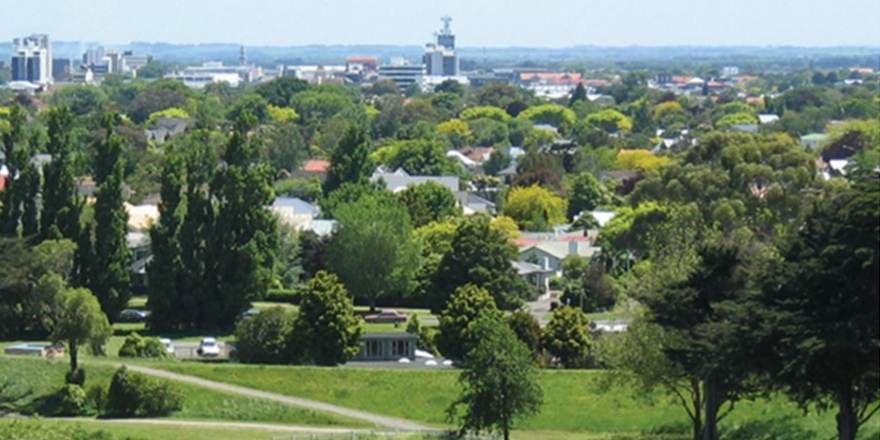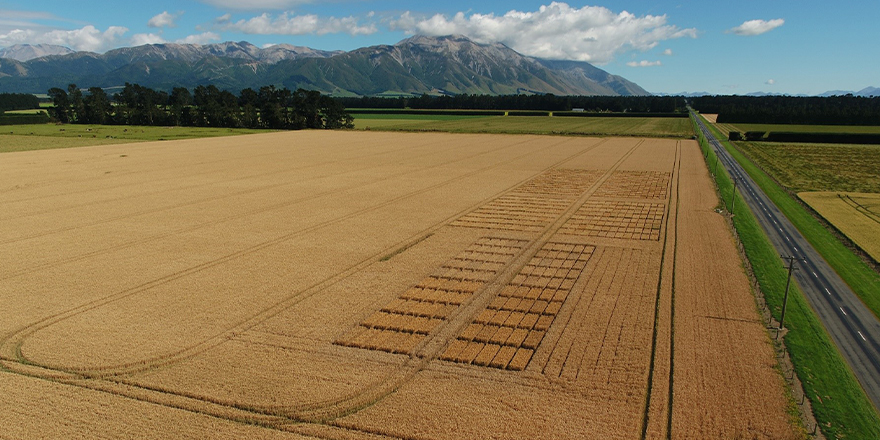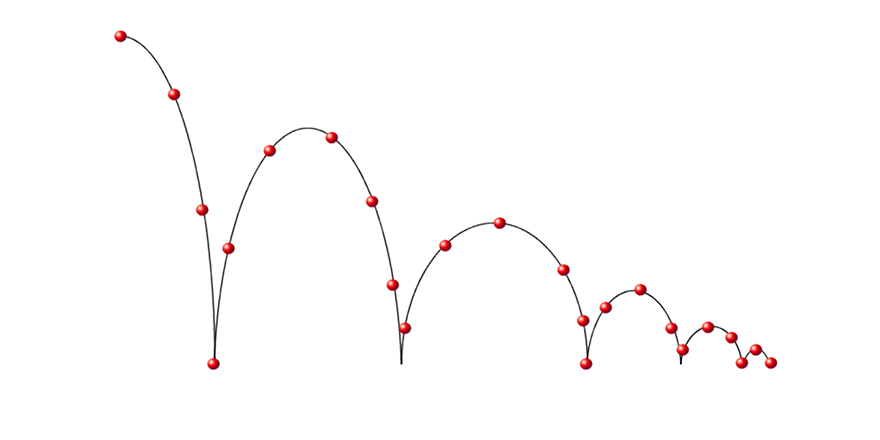
Executive Summary
This research explores the value of connection to nature and each other. It explores that state of our connection and contrasts connection with rural disconnect (often referred to as the Urban-Rural Divide).
Peri-urban catchments are catchments that pass through or border an urban centre. This report identifies these catchments as having an opportunity to connect a significant amount of people to each other and nature.
The report starts with a literature review of connection in New Zealand. The study looks at two aspects of connection; the benefits of connection and the current state of connection in New Zealand.
The literature review supports that a heightened connection to nature, food, and each other has positive outcomes for wellbeing.
The literature review shows that our current level of connection is difficult to determine. The definition of nature is an individual perception, and this adds another element to the understanding of connection to nature. It can be influenced by a multitude of aspects, the most significant being childhood experiences in nature.
To understand how these learnings can be applied in a peri-urban environment, three case studies have been observed. The case studies were:
• Volcano to Sea Project (Hawick, Auckland)
• Mangakotukutuku Stream Care Group (Peacocke, Hamilton)
• Common Unity Project Aotearoa (Lower Hutt, Wellington)
Empowering and educating a community through action was a significant theme. When people take action for something they care about, it can be powerful for wellbeing. It can also form strong relationships with others taking action. The case studies indicated that the care for nature, food and each other is a substantial cause to bring people together.
It is clear that the Primary Sector Council’s vision, ‘Taiao ora Tangata ora’ aligns and flows through all three of these projects/groups. There is an understanding that for people to be healthy, our natural world needs to be healthy. That our natural world includes nature, food production and ourselves, that we are interconnected with our natural world, this is Te Taiao.
By comparing the themes from both the literature review and the case studies, Peri-urban catchments can impact social and cultural outcomes in two ways:
1. By bringing people together to action environmental initiatives that strengthen our connection with nature, food production, and each other.
In the peri-urban space, we can take the opportunity to connect rural and urban people. Farmland in the peri-urban space has significant opportunity for ecological initiatives, and we can allow our communities to take action to enhance these. By doing this, we can expose people to food production.
2. Establishing biodiversity in peri-urban catchments so that future communities that may live there live entwined with nature and food production.
There is considerable work happening in urban, peri-urban, and rural landscapes to enhance biodiversity. In the peri-urban space, there is an opportunity to get ahead of urban development. Rather than retrospectively restore nature, nature can be established and entwined with urban living. Urban food production needs to part of this planning. Connection with nature and food production in our everyday lives will enhance our wellbeing.
This research has led to the conclusions;
• True collaboration is an outcome of connection.
• Social outcomes are as significant as ecological outcomes.
To ensure social and cultural outcomes in peri-urban communities are positive, I recommend the community groups:
1. Embrace the principles of Te Taiao.
More specifically, community groups vision should incorporate connection to one another and nature. Community groups should identify cultural and natural significance within a catchment. These should be celebrated, restored/protected and used as a cause to bring communities together. Community groups membership should not be limited to a geographical area. Any person or organisation which shares their cause and values should be embraced. This is especially significant in peri-urban spaces. Consider nature to be diverse and embrace food production and consumption as part of nature.
2. Involve youth in action and education.
3. Engage with all community, including local and central government and NGOs.
4. Be opened minded and be vulnerable.
To ensure social and cultural outcomes in peri-urban communities are positive, I recommend the City planners and landowners:
5. Plan long term to establish biodiversity ahead of urban development.




